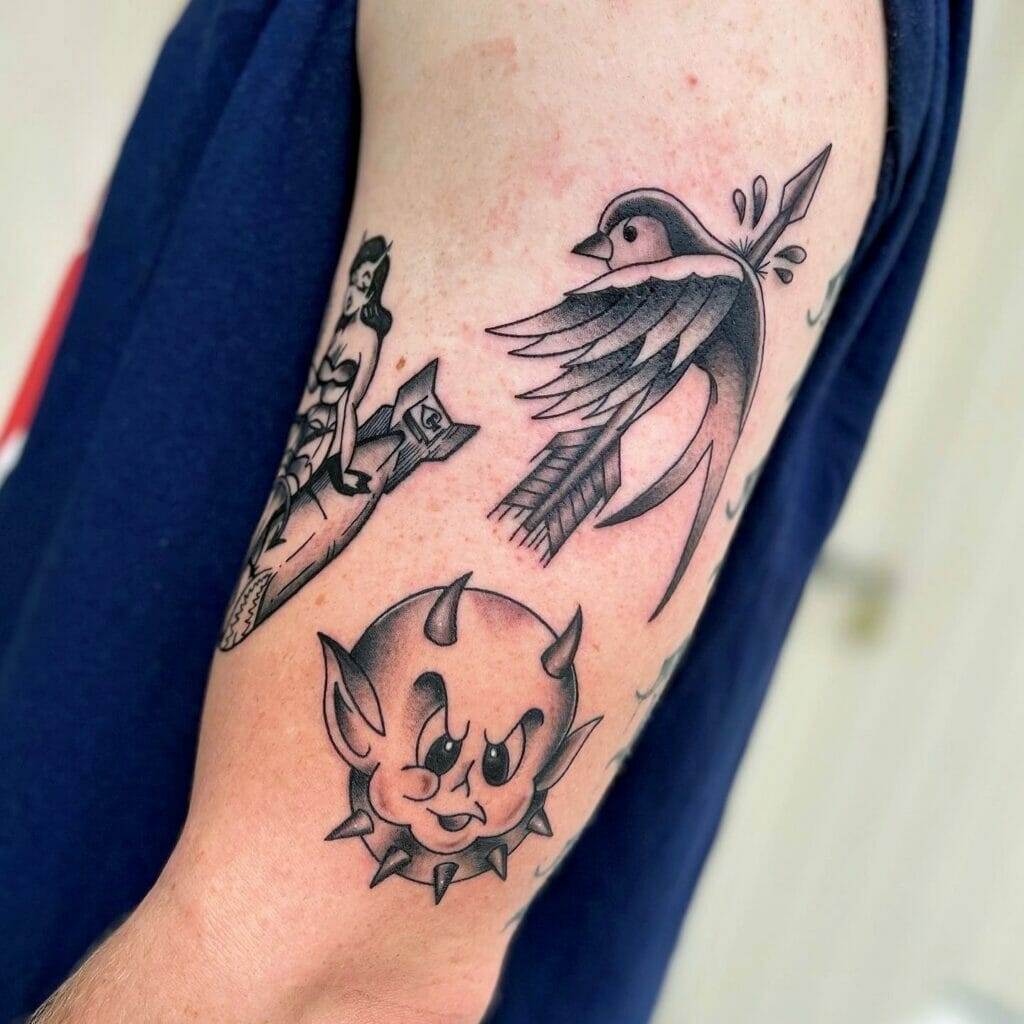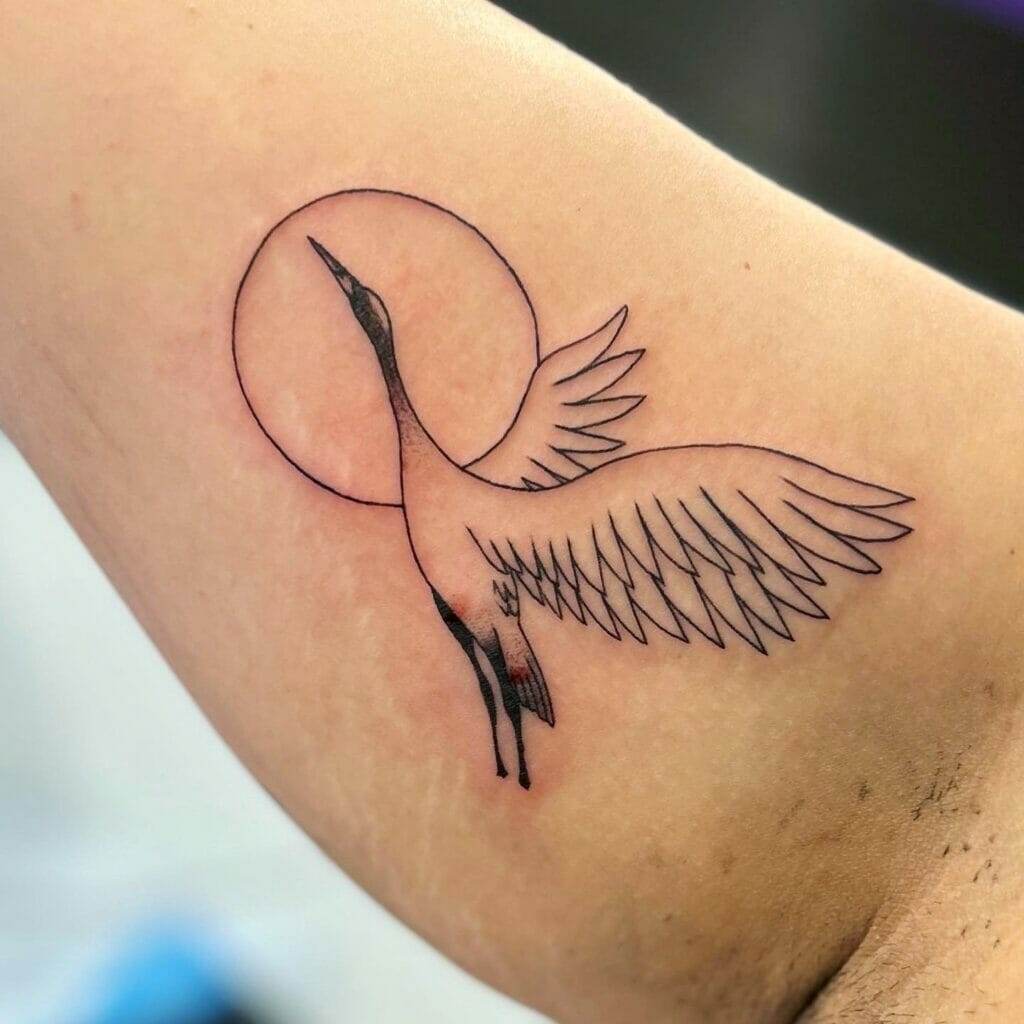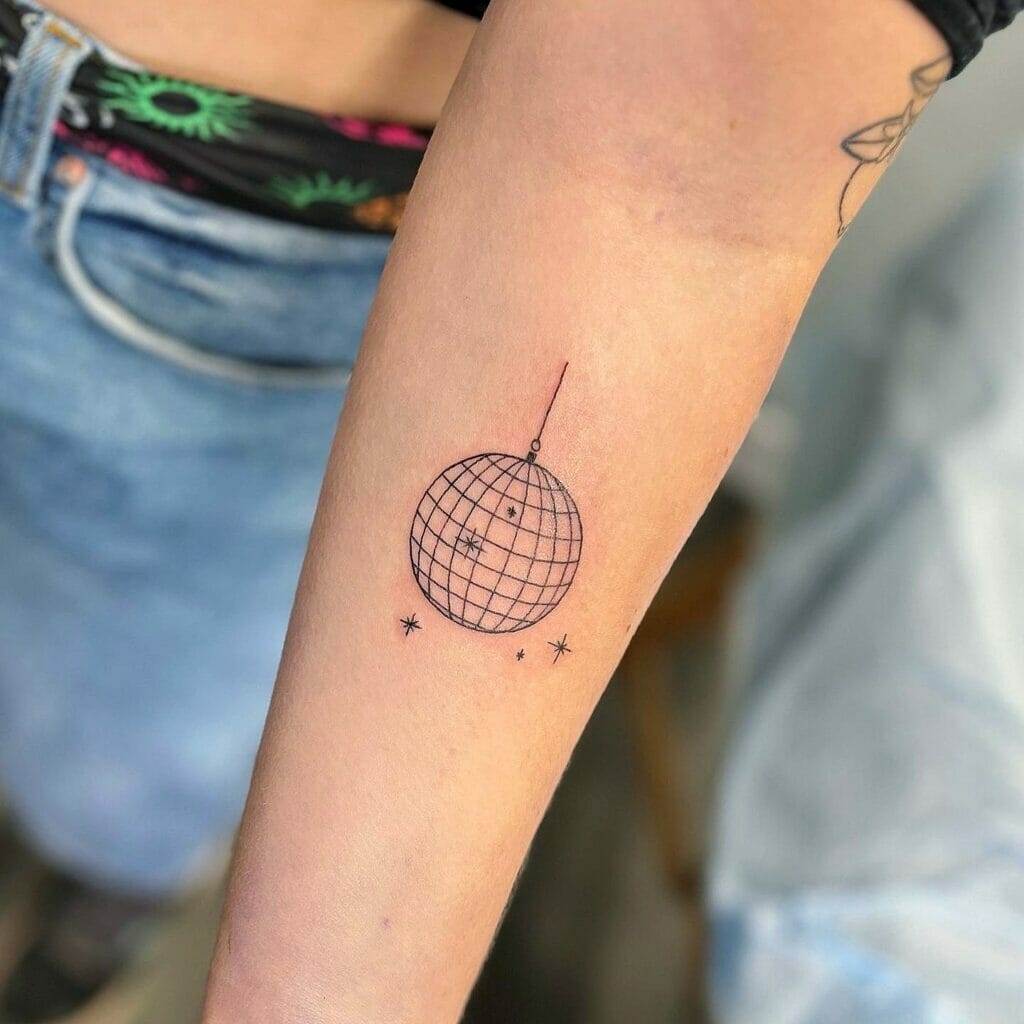Tattoos have been used for centuries as a form of self-expression, and one of the most powerful ways to convey meaning in tattoo art is through symbolism. Symbols have the ability to communicate personal beliefs, values, and experiences in a way that words often cannot. They can represent a person’s identity, their journey through life, and their connection to something greater than themselves.
Symbolic tattoos hold a special significance because they are deeply personal and unique to each individual. They can serve as a reminder of important milestones, loved ones, or even spiritual beliefs. The power of symbolism lies in its ability to evoke emotions and memories, making it a powerful tool for self-expression.
The History and Evolution of Symbolic Tattoos
The history of tattooing dates back thousands of years, with evidence of tattooed bodies found in ancient civilizations such as Egypt, Greece, and China. In these early cultures, tattoos were often used as symbols of status, protection, or religious devotion.
As tattooing evolved over time, so did the use of symbols in tattoo art. In the 18th and 19th centuries, sailors began getting tattoos as a way to commemorate their travels and experiences at sea. Symbols such as anchors, compasses, and nautical stars became popular choices among sailors, representing their connection to the ocean and their navigation skills.
In the 20th century, tattooing became more mainstream and symbols took on new meanings. Roses became a symbol of love and beauty, while skulls represented mortality and the transient nature of life. Tattoo artists began experimenting with different styles and techniques, incorporating symbols into larger, more intricate designs.
The Different Meanings of Common Tattoo Symbols
Common tattoo symbols such as anchors, roses, and skulls can have different meanings depending on the wearer’s personal experiences and beliefs. For example, an anchor can symbolize stability and strength, but it can also represent a person’s connection to the sea or their love for sailing. Similarly, a rose can symbolize love and beauty, but it can also represent a person’s resilience or their ability to overcome challenges.
The interpretation of these symbols is not fixed, but rather fluid and subjective. What may hold one meaning for one person may hold a completely different meaning for another. This is what makes symbolic tattoos so powerful – they can be deeply personal and meaningful to the wearer.
The Importance of Personalizing Symbolic Tattoos
While common tattoo symbols can hold universal meanings, it is important to personalize them to make them unique and meaningful to the individual. Adding personal elements such as names, dates, or specific imagery can enhance the symbolism and make the tattoo more personal.
For example, someone getting a rose tattoo could choose to incorporate their partner’s name or birthdate into the design, making it a symbol of their love and commitment. Similarly, someone getting a skull tattoo could choose to add elements that represent their own personal journey or experiences, making it a symbol of their resilience and growth.
Personalizing symbolic tattoos not only adds depth and meaning to the design, but it also ensures that the tattoo accurately represents the wearer’s beliefs and experiences.
The Art of Symbolic Tattoo Design: Tips and Tricks
Designing a symbolic tattoo that accurately represents the wearer’s beliefs and experiences requires careful thought and consideration. Here are some tips and tricks for creating a personalized design:
1. Research: Take the time to research different symbols and their meanings to find ones that resonate with you. Consider how they align with your personal beliefs and experiences.
2. Consult with a tattoo artist: Work closely with a tattoo artist who specializes in symbolic tattoos. They can help you refine your ideas and create a design that is unique to you.
3. Incorporate personal elements: Think about how you can personalize the design by adding names, dates, or specific imagery that holds personal significance.
4. Consider placement: The placement of a tattoo can also add meaning to the design. Think about where you want the tattoo to be and how it will interact with your body.
5. Take your time: Don’t rush the design process. Take the time to reflect on your ideas and make sure that the design accurately represents who you are and what you believe in.

The Role of Color in Symbolic Tattoos
Color plays a significant role in symbolic tattoos, as it can enhance the meaning and evoke different emotions and ideas. Different colors have different associations and can convey different messages.
For example, red is often associated with passion, love, and strength, while blue is associated with calmness, tranquility, and spirituality. Yellow is often associated with happiness and positivity, while black can represent mystery, power, and elegance.
When choosing colors for a symbolic tattoo, it is important to consider how they align with the intended meaning of the symbol. Working with a skilled tattoo artist can help ensure that the colors chosen accurately convey the desired emotions and ideas.
The Impact of Cultural and Religious Symbolism in Tattoo Art
Cultural and religious symbolism has long played a significant role in tattoo art. Different cultures and religions have their own unique symbols and meanings that are often incorporated into tattoos.
For example, in Hinduism, the lotus flower is a symbol of purity and enlightenment. In Celtic culture, knots and spirals represent eternity and the interconnectedness of all things. In Maori culture, tribal tattoos known as moko are used to represent a person’s genealogy, social status, and personal achievements.
These cultural and religious symbols not only hold deep meaning for those who wear them but also serve as a way to express identity and belonging within their respective communities.
The Psychological Effects of Symbolic Tattoos on the Wearer
Symbolic tattoos can have a profound impact on the wearer’s mental health and well-being. They can serve as a source of healing, empowerment, and self-expression.
For many people, getting a symbolic tattoo is a way to reclaim their bodies and their stories. It can be a form of catharsis, allowing them to process and heal from past traumas or difficult experiences. Symbolic tattoos can also serve as a reminder of personal growth and resilience, providing a sense of empowerment and strength.
Additionally, symbolic tattoos can help foster a sense of identity and belonging. They can serve as a visual representation of one’s values, beliefs, and experiences, allowing the wearer to feel seen and understood by others.
The Social and Cultural Significance of Symbolic Tattoos
Symbolic tattoos have played a significant role in various subcultures and communities throughout history. They have been used as a way to express identity, belonging, and solidarity.
In the punk and alternative subcultures of the 1970s and 1980s, tattoos were often used as a form of rebellion against mainstream society. Symbols such as skulls, flames, and barbed wire represented the subversive nature of these subcultures.
Similarly, in the LGBTQ+ community, tattoos have been used as a way to express pride, resilience, and solidarity. Symbols such as rainbows, triangles, and equality signs have become powerful symbols of LGBTQ+ identity.
Symbolic tattoos have the ability to bring people together and create a sense of community. They can serve as a visual language that transcends words and allows individuals to connect with others who share similar beliefs and experiences.
The Future of Symbolic Tattoos: Emerging Trends and Styles

As tattooing continues to evolve, so do the trends and styles in symbolic tattoo design. With advancements in technology, tattoo artists now have access to new tools and techniques that allow for more intricate and detailed designs.
One emerging trend in symbolic tattoo design is the use of geometric shapes and patterns. These designs often incorporate sacred geometry, which is believed to hold spiritual and metaphysical significance. Geometric tattoos can represent balance, harmony, and interconnectedness.
Another emerging trend is the use of minimalistic designs. These tattoos often feature simple, clean lines and minimal shading. They can be highly symbolic, with each line and shape holding deep meaning.
Technology has also had an impact on tattoo design, with the rise of digital art and 3D printing. Tattoo artists can now create highly detailed designs using digital tools, allowing for more precise and intricate tattoos.
The Enduring Power of Small Symbols in Tattoo Art
In conclusion, symbolism plays a significant role in tattoo art, allowing individuals to convey personal beliefs, values, and experiences. Symbols have the power to evoke emotions and memories, making them a powerful tool for self-expression.
The history of symbolic tattoos dates back thousands of years, with different cultures and religions using symbols to convey meaning and identity. As tattooing has evolved over time, so have the meanings and styles of symbolic tattoos.
Personalizing symbolic tattoos is important to make them unique and meaningful to the individual. Adding personal elements such as names, dates, or specific imagery enhances the symbolism and ensures that the tattoo accurately represents the wearer’s beliefs and experiences.
Color also plays a significant role in symbolic tattoos, as different colors can enhance the meaning and evoke different emotions and ideas. Cultural and religious symbolism has long been a part of tattoo art, serving as a way to express identity and belonging within different communities.
Symbolic tattoos can have a profound impact on the wearer’s mental health and well-being. They can serve as a source of healing, empowerment, and self-expression. Symbolic tattoos also have social and cultural significance, bringing people together and creating a sense of community.
As tattooing continues to evolve, so do the trends and styles in symbolic tattoo design. Advancements in technology have allowed for more intricate and detailed designs, while minimalistic and geometric tattoos have become increasingly popular.
In the end, the enduring power of small symbols in tattoo art lies in their ability to convey deep meaning and evoke emotions. They serve as a visual language that transcends words, allowing individuals to express their beliefs, values, and experiences in a unique and personal way.



